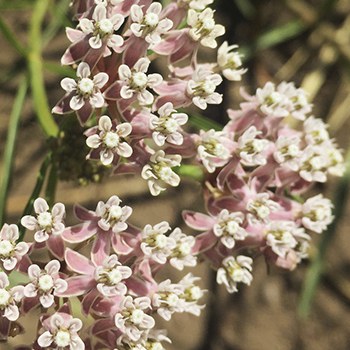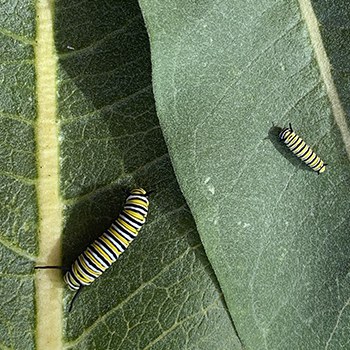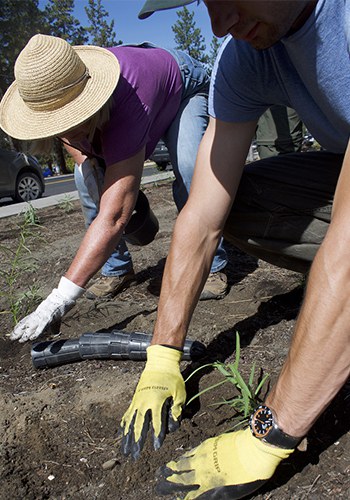As spring draws nearer by the day, many people in Central Oregon start to get eager for the resumption of warm weather and springtime habits. For some, gardening tops that list and they jump the season by starting garden seeds indoors. Tomatoes and other vegetables are the usual suspects, but this year, why not add in a few native milkweed seeds to help out our local monarch butterfly population?
What?! We have monarch butterflies in Central Oregon? Yep! Central Oregon is within the migratory range of the Western monarch butterfly. Many know this bright orange and black butterfly because of its amazing migration from North America south to Mexico. Our monarchs, however, live only in western North America and make their migration from the northwest (including southern Canada) to overwinter in California. 
The good news is that people can help the struggling Western monarch butterfly by simply planting milkweed in their yards, gardens, or even in pots on their patios! And now is the time to get those seeds started. Here are a few tips to help grow and plant milkweed successfully:
- Plant and grow ONLY native milkweed (the two varieties above). Non-native milkweed is sometimes sold at local garden stores and it can actually harm our species of monarch butterflies. Get your milkweed seeds and seed growing tips from the Deschutes Land Trust and buy your milkweed plants later this spring at a native plant nursery like Wintercreek Nursery.
- Plant 3-6 milkweed plants together. Preferably a combination of showy and narrowleaf to help provide enough egg laying space and food for newly emerged caterpillars.
- Learn more about what milkweed needs to thrive. Showy milkweed likes full sun and medium water. Narrowleaf also likes full sun but prefers will drained soil and is more drought tolerant. Both species spread via rhizomes—so plant them where they have the room to spread!
- Tend your milkweed once it is planted. Native plants (even drought tolerant ones) will need regular watering in order to establish their roots. This can sometimes take a couple of years. Once their roots are established, they won’t need as much water and should thrive in our Central Oregon climate. Milkweed also doesn’t like competition (from weeds or other plants), so make sure you give it enough space to thrive.

Spring is coming! Seed starting offers a great window into the season and planting milkweed is one of those little steps we can all take to make the world a little better for monarch butterflies. Happy planting!
Learn more:
- Creating a butterfly garden
- Request a packet of milkweed seeds
- Tips and tricks for growing milkweed
- Five Butterflies that are not Monarchs


